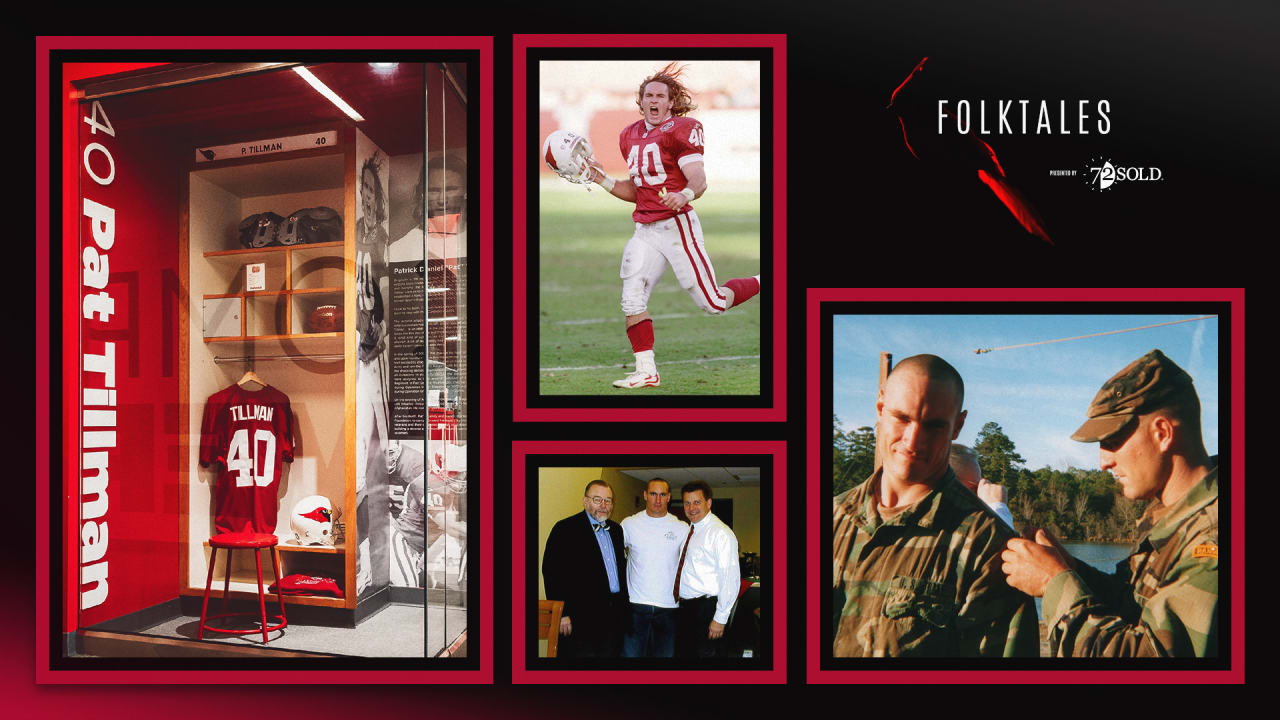Nearly a decade after he first had a thought of preserving Tillman’s locker when the time came, Jim Omohundro was at Oregano’s – a local restaurant – in February of 2015 waiting for his salad and slice to arrive at his table.
He checked Twitter. He saw a Tweet that included a photo of the demolition of the facility’s locker room, which was undergoing renovations. After uttering an expletive under his breath, he called vice president of marketing Lisa Manning to see how far the workers had gotten.
“You better hurry up,” was her reply.
Omohundro threw a $20 bill on the table, his food not yet arrived, and scrambled out of the restaurant. He raced back to the facility, which was just down the street, and sprinted through the building toward the locker room. He lost his right shoe after some exposed carpet glue sucked it off his foot, and he hopped his last few feet where he saw one of the workers with the electric saw being used to cut up the old wood lockers.
Fortunately, there were still a handful of lockers left to dismantle – including Tillman’s, which was next to be taken down.
“Wait, wait, wait, hold up,” Omohundro said.
Message received. The locker was carefully cut out and saved, moved to storage until its current display was put together.
“It’s in a perfect area,” Michael Bidwill said. “It’s really a landmark within our building, and serves as an important reminder for (Tillman’s) sacrifice and also his spirit.”
Frank Sanders was a wide receiver who played four seasons with Tillman, one of the few who Tillman told his military aspirations before they unfolded. For Sanders, Tillman’s story is special in part because it underscores that players are more than the game they play.
“There’s another version of your life, and what motivates you and moves you needs to be expressed and learned or followed,” Sanders said. “No one could believe the idea, you will give up the NFL … and go to the army. And then not just go to the army, but go to the army and say, ‘Don’t associate me with any of the NFL. I’m here as a soldier, treat me as a soldier, because I want to learn how to be the best at this the same I was (in football), no bars, no stripes, just let me go do my job. And I want to do it effectively.’
“I think that should be told, and every kid (should) pay attention to that.”
Anchored in the hallway, current players have no choice but to see the locker. It’s a frequent stop for players who have just signed with the team as they take in the facility for the first time.
Defensive lineman J.J. Watt had already done work with the Pat Tillman Foundation before he ever signed in Arizona. Tillman’s stall now provides an in-house symbol of what Tillman was about.
“It’s obviously extremely inspirational,” Watt said. “At the same time, it reminds you how fortunate and thankful we are that there are people like Pat who are willing to sacrifice everything so that we are able to do what we do every day.
“When I walk past it every day to practice, I’m thankful I don’t have to do what he did, because he and so many like him were so brave and so courageous to protect our freedom.”
Passion and emotion marked Tillman’s career and life, housed, for however brief a time, by a locker that will stand forever.
“If you can walk past that and not get something inside of you turning,” one-time Tillman teammate Mark Maddox said, “we’ve got some issues.”


